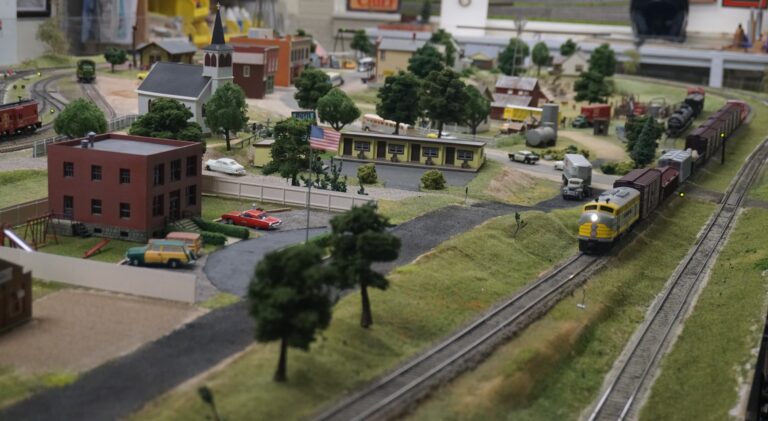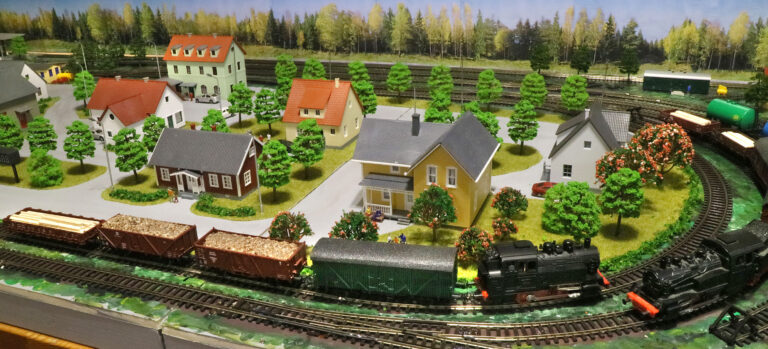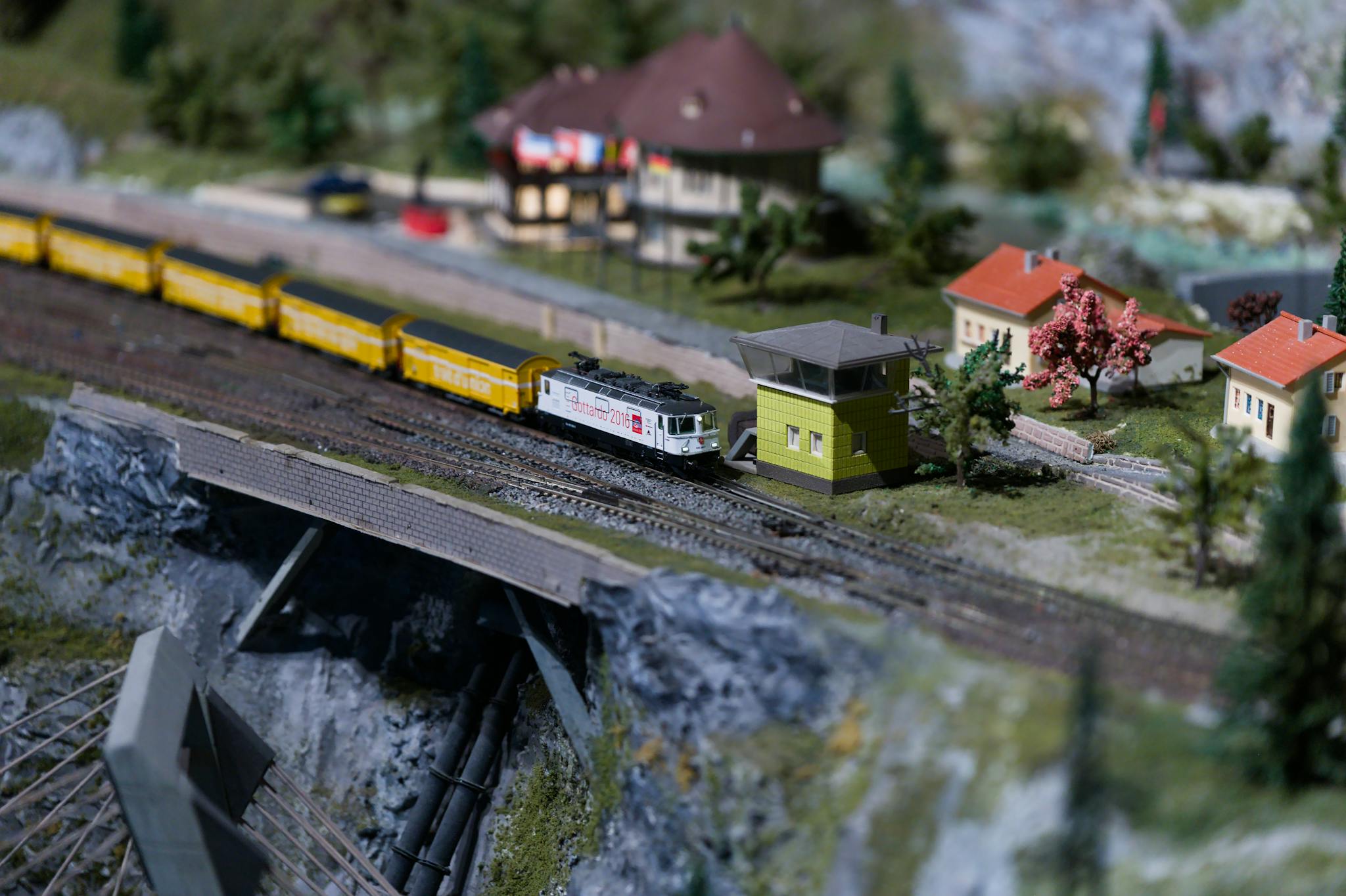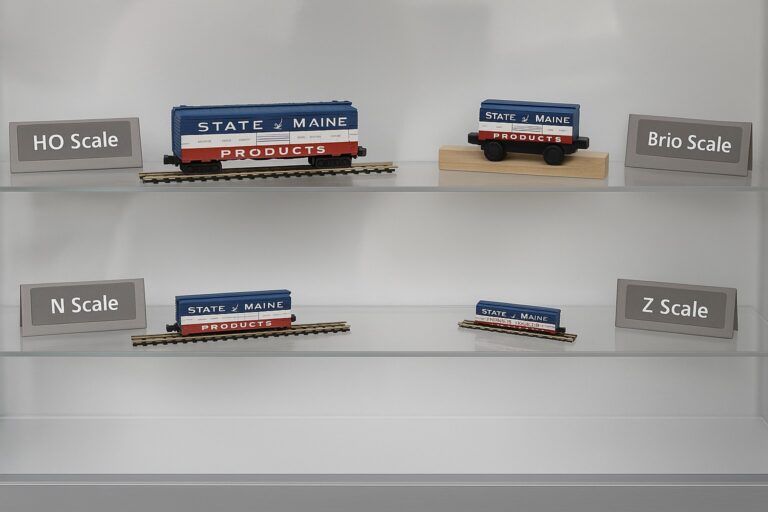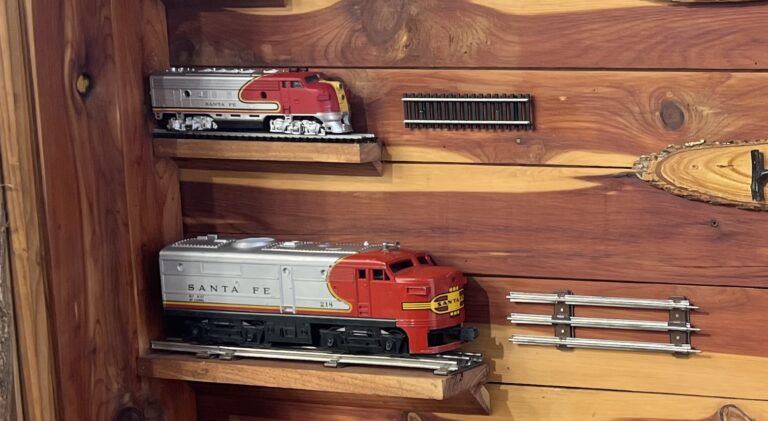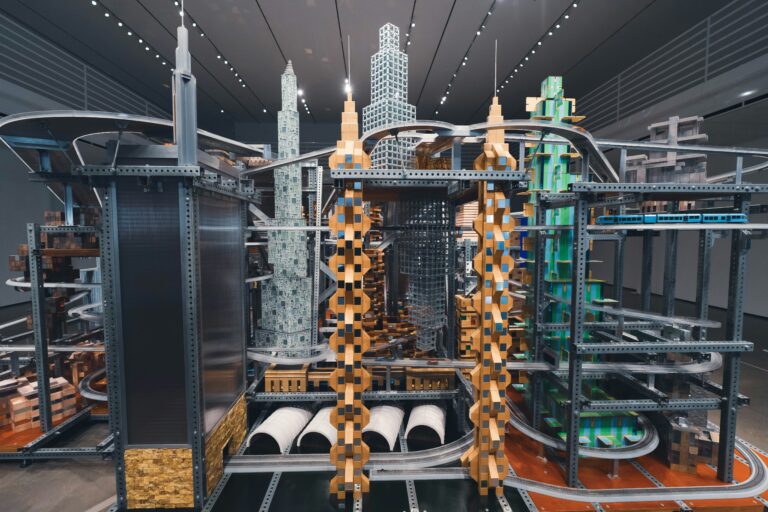Model Train Questions Answered: The Ultimate FAQ
Quick answers to the most common model train questions — scale, power, layout, brands, and more.

If you’re new to the hobby — or just trying to get quick answers before diving deeper — this FAQ covers the most commonly asked questions about model trains. From understanding scales and power systems to buying your first set or figuring out where to see layouts in person, this page connects you to everything you need to get started.
Looking for more detail? We’ve linked out to full-length guides where appropriate.
Scale, Gauge, and Size
What scale is best for beginners?
HO scale is by far the most popular — it’s affordable, widely available, and offers a good balance of size and detail. Read our full beginner scale guide
What does “HO” mean in model trains?
HO stands for “Half O.” It’s 1:87 scale, meaning the models are 1/87th the size of the real thing. Learn more in What is HO Scale?
What’s the difference between scale and gauge?
Scale refers to the proportion of the model to a real train. Gauge refers to the distance between the rails. In most cases, the two terms go hand-in-hand — but they’re not technically the same.
Can I mix different scales on one layout?
Not easily. Scales require different track sizes and clearances. Most hobbyists stick to one scale per layout. Read our mixing brands and scales guide
Power and Operation
How do model trains get power?
Model trains use electricity delivered through the rails via a power pack or digital controller. The electricity powers a motor in the locomotive. Full explainer here
What’s the difference between DCC and DC?
DC (Direct Current) uses voltage to control speed — one train per track.
DCC (Digital Command Control) sends digital signals so multiple trains can operate independently on the same layout. See our DCC vs DC comparison
Can motors in model trains be replaced?
Yes — many models allow for motor swaps or upgrades, especially in HO and O scale. Always check brand compatibility. Our DCC hardware guide covers this
Can model trains go uphill?
Yes, but steep grades are a problem. Most layouts aim for a 2% incline or less — that’s 2 inches of rise over 100 inches of run. More details here
Buying, Pricing, and Value
Are model trains expensive?
They range widely. A basic HO starter set can cost under $200, while high-end DCC locomotives can exceed $500. Browse our recommended starter sets
Where can I buy model trains online?
Try major hobby retailers or Amazon for mainstream sets. For specialty brands or rare finds, check train-specific shops. Check out our list of stores here
Are model trains worth anything?
Some are — especially vintage or mint-condition models from brands like Lionel, Märklin, or brass manufacturers. Valuation tips here
Are model trains a good investment?
Not generally. While some rare models appreciate, most hobbyists build layouts for fun, not profit. Read more in our collector’s guide
Hobby Basics
Are model trains toys?
Some are, like plastic sets aimed at kids. But most hobby-grade trains are detailed scale models meant for display, operation, and layout building — not rough play. More in our hobby intro
Are model trains still popular?
Yes — especially among adults. The hobby has evolved with digital control systems, 3D printing, and YouTube layout tours. Cultural trends explained
Why are model trains so popular?
They combine engineering, artistry, history, and relaxation. Many hobbyists find the hands-on building process rewarding and meditative.
Layouts and Planning
How much space do I need for a layout?
That depends on scale. HO fits on a 4×8′ board. N scale can go even smaller. Get ideas here
Can I 3D print parts for my layout?
Absolutely. Scenery, buildings, and even rolling stock shells can be printed at home. See what’s possible in 2025
Do I need to solder to build a layout?
Not necessarily. Many beginners use plug-and-play wiring systems, though soldering offers better long-term performance. Wiring guide here
Selling and Storage
How do I sell my old model trains?
Use platforms like eBay, Facebook Marketplace, or local train shows. Hobby shops may buy collections as well. Read the full selling guide
Where can I sell trains near me?
Check with local hobby stores, train clubs, or estate buyers.
How should I store model trains?
Use original boxes if available. Store in a dry, temperature-stable area. Avoid attics or basements. Storage best practices
Travel and Viewing
Can I bring model trains on a plane?
Yes — pack them carefully in carry-on luggage. TSA allows model trains, but avoid packing tools or sharp objects. Traveling with trains guide
Where can I see model train exhibits?
Look for local clubs, public layouts, and museums. Check out our list here
Still have questions? Explore our full content library for in-depth guides, product reviews, layout tips, and collector deep-dives.

